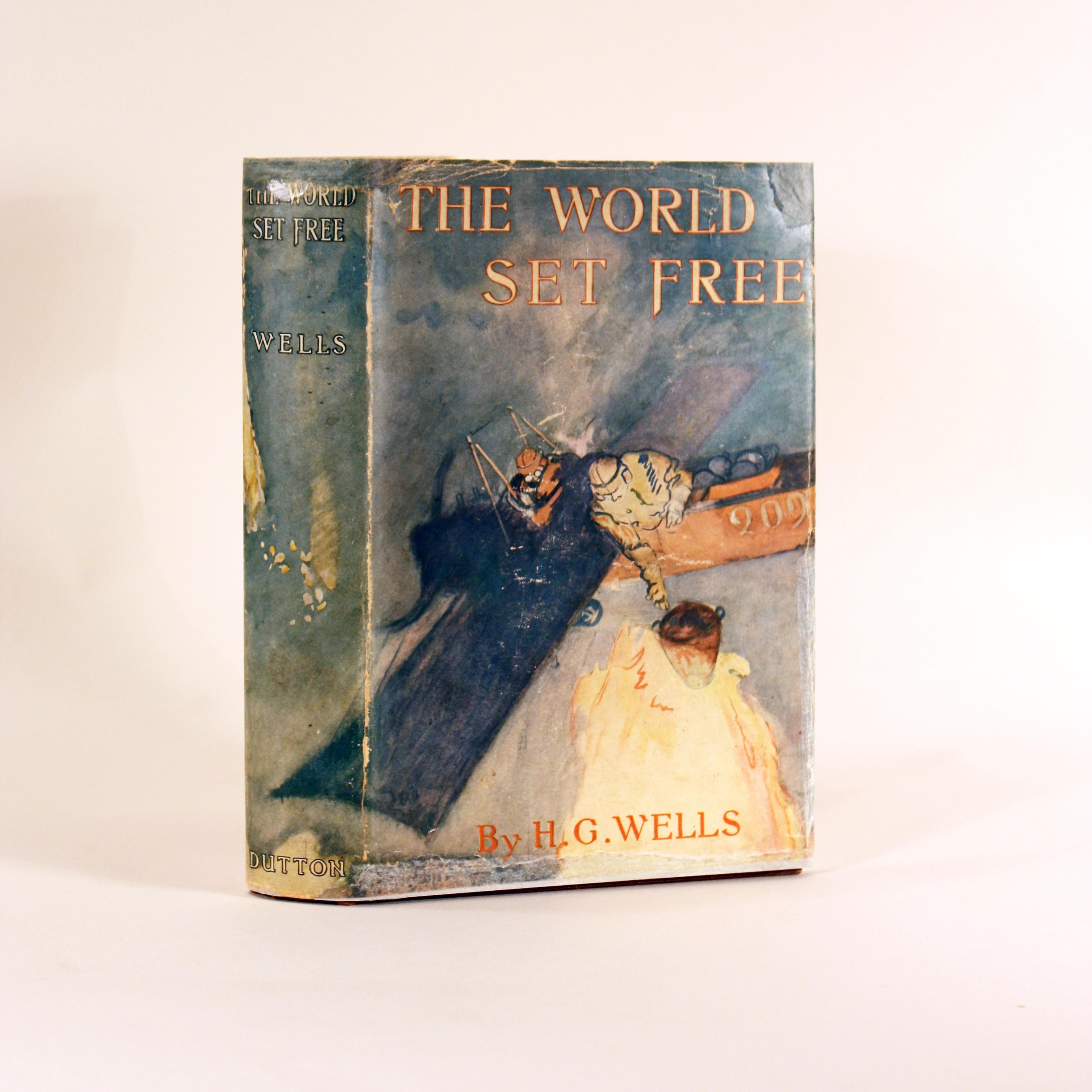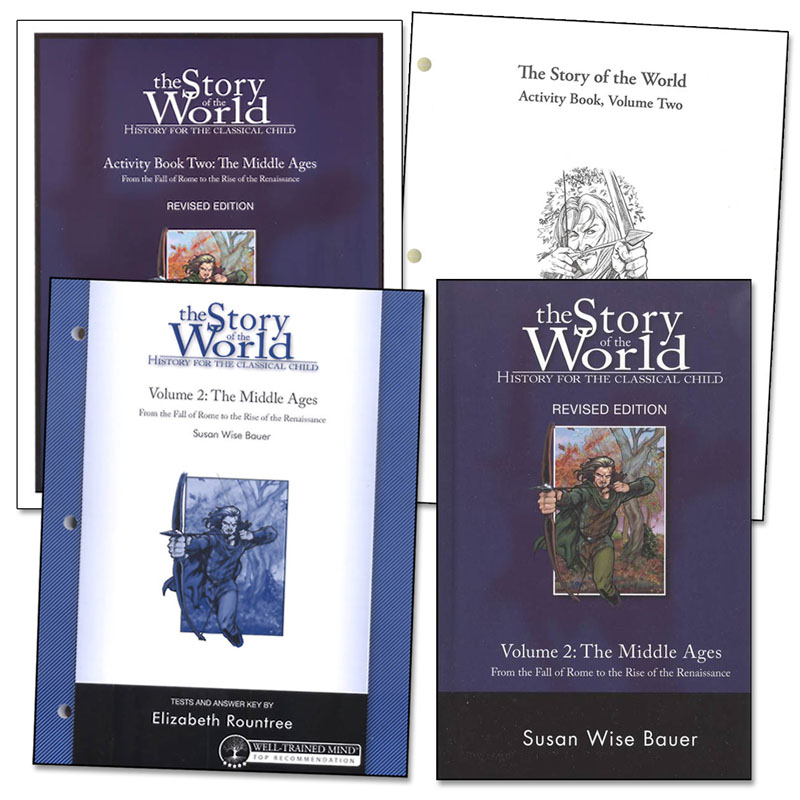

The reader will be amused to find that here it is put off until the year 1956. Every intelligent person in the world felt that disaster was impending and knew no way of averting it, but few of us realised in the earlier half of 1914 how near the crash was to us. The World Set Free was written under the immediate shadow of the Great War. 1946.THE WORLD SET FREE was written in 1913 and published early in 1914, and it is the latest of a series of three fantasias of possibility, stories which all turn on the possible developments in the future of some contemporary force or group of forces. Wells and Jules Verne are each sometimes referred to as "The Fathers of Science Fiction".

He is best-remembered as an early writer of science fiction and futurism.

Wells used his international fame to promote his favorite causes, including the prevention of war, and was received by government officials around the world. Although Wells toyed briefly with the idea of a "divine will" in his book, God the Invisible King (1917), it was a temporary aberration.

One of his booklets was Crux Ansata, An Indictment of the Roman Catholic Church. His 100 books included many novels, as well as nonfiction, such as A Modern Utopia (1905), The Outline of History (1920), A Short History of the World (1922), The Shape of Things to Come (1933), and The Work, Wealth and Happiness of Mankind (1932). A one-time member of the Fabian Society, Wells sought active change. He continued to openly have extra-marital liaisons, most famously with Margaret Sanger, and a ten-year relationship with the author Rebecca West, who had one of his two out-of-wedlock children. Although his second marriage was lasting and produced two sons, Wells was an unabashed advocate of free (as opposed to "indiscriminate") love. Wells created a mild scandal when he divorced his cousin to marry one of his best students, Amy Catherine Robbins. Moreau (1896), The Invisible Man (1897), and The War of the Worlds (1898). After marrying his cousin, Isabel, Wells began to supplement his teaching salary with short stories and freelance articles, then books, including The Time Machine (1895), The Island of Dr. Wells earned his bachelor of science and doctor of science degrees at the University of London. Wells earned a government scholarship in 1884, to study biology under Thomas Henry Huxley at the Normal School of Science. The headmaster of Midhurst Grammar School, where he had spent a year, arranged for him to return as an "usher," or student teacher. Young Wells received a spotty education, interrupted by several illnesses and family difficulties, and became a draper's apprentice as a teenager. Herbert George Wells was born to a working class family in Kent, England.


 0 kommentar(er)
0 kommentar(er)
